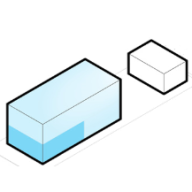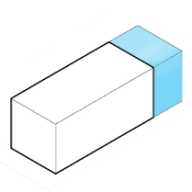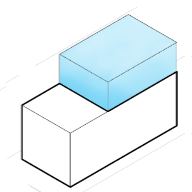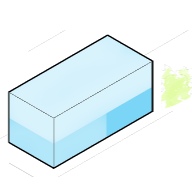Development Opportunity for
1193 Fell St, San Francisco, CA
949% Potential
($31,115,801 Untapped Value)
This property is a Other currently used as a Commercial. Property is on a lot of 12,000 sqft and has a conditioned area of sqft.
Development Options for
1193 Fell St, San Francisco, CA
What are the local zoning regulations for 1193 Fell St ?
NCT-DIVISADERO (DIVISADERO STREET NEIGHBORHOOD COMMERCIAL TRANSIT DISTRICT)
The Divisadero Street Neighborhood Commercial Transit District (“Divisadero Street NCT”) extends along Divisadero Street between Haight and O’Farrell Streets. The Divisadero Street NCT controls are designed to encourage and promote development that enhances the walkable, mixed-use character of the corridor and surrounding neighborhoods. Rear yard requirements above the ground story and at residential levels preserve open space corridors of interior blocks. Housing development in new buildings is encouraged above the ground story. Existing residential units are protected by limitations on demolition and upper-story conversions.
The primary purpose of the Divisadero Street Neighborhood Commercial Transit District is to cultivate a vibrant mixed-use atmosphere, spanning from Haight to O'Farrell Streets along Divisadero Street. Characterized by a dynamic blend of residential units above ground-level commercial spaces, the district's architectural landscape typically features buildings ranging from two to four stories, occasionally interspersed with one-story commercial structures. Divisadero Street, serving as a crucial public transit route and thoroughfare, maintains an active and continuous commercial presence for the majority of its stretch. Functioning as a neighborhood hub, the commercial district caters to local communities with essential goods and services while also offering a selection of comparison shopping items to a broader market.
Permitted Residential Uses: ADU, intermediate length occupancy, single room occupancy, student housing, residential uses, dwelling units, senior housing, and group housing and homeless shelters.
Permitted Non-Residential Uses: Agriculture (neighborhood), arts activities, entertainment, general, institutional uses, child care facility and community facility.
What is the maximum height for 1193 Fell St ?
65-A
Height of a dwelling cannot exceed a 65 feet.
How to measure building height in San Francisco?
A point shall be taken at the centerline of the building or, where the building steps laterally in relation to a street that is the basis for height measurement, separate points shall be taken at the centerline of each building step. The upper point to which such measurement shall be taken shall be the highest point on the finished roof in the case of a flat roof, and the average height of the rise in the case of a pitched or stepped roof.
What are the ADU regulations for 1193 Fell St ?
ADU eligible
Accessory Dwelling Units (ADUs), also called secondary units, in-law units, or cottages, are units added to existing and new residential buildings. Adding an ADU to your property can provide several benefits, such as providing housing for family members, simplifying your lifestyle, and increased financial flexibility.Learn more about building ADU in this article
What neighborhood is 1193 Fell St located in?
Hayes Valley, San Francisco
Hayes Valley is a cool, revitalized neighborhood in the Western Addition. The main commercial stretch, Hayes Street, teems with upscale boutiques for designer fashions and home decor, plus dessert shops, chill watering holes and a wide array of on-trend restaurants. The close-knit neighborhood features a community garden, a pocket park with art installations, and access to music and theater near the Civic Center.
Hayes Valley south of McAllister Street was spared the fires that followed the 1906 San Francisco earthquake. It was a multi-ethnic neighborhood, becoming, with the blossoming of the Fillmore district after World War II, an African-American neighborhood. As recently as the mid-1985, this neighborhood (and, indeed, the Western Addition in general) was considered one of the most dangerous places in the Bay Area.




